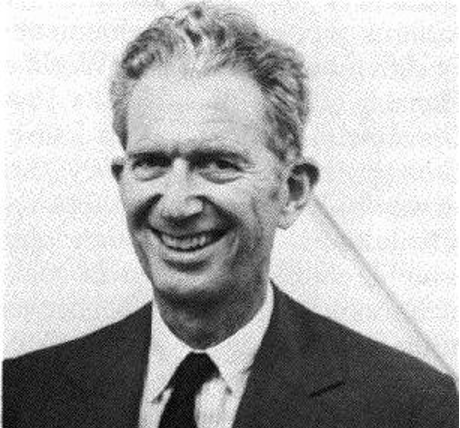
Hollis Chenery was an American economist best known for his pioneering theory of economic development called the patterns-of-development approach, which emerged in the 1960s and 1970s. Chenery and his associates sought to identify common patterns and structural changes in developing economies as they grow and to formulate a model of development based on these observations.
According to their approach, all developing countries pass through the same structural transformations as today’s developed countries did when they were developing. These transformations include shifts from agriculture to industry and from rural to urban status as well as increasing literacy rates and life expectancy.
Chenery’s approach was empirical, based on observation and statistical analysis of the economic behavior and characteristics of developing countries. It incorporated elements like the role of investment in physical and human capital, technological progress, and structural change in shaping the growth trajectory.
One of Chenery’s conclusions derived from his two-gap model. He argued that developing countries often face two gaps: a savings gap and a foreign exchange gap. Thus, development might require both domestic investment (to fill the savings gap) and foreign aid or investment (to fill the foreign exchange gap).
This approach has had significant implications for economic policy in many developing countries, including India, which have typically sought to develop by stimulating structural transformations similar to those observed by Chenery and his associates in other developing countries.

